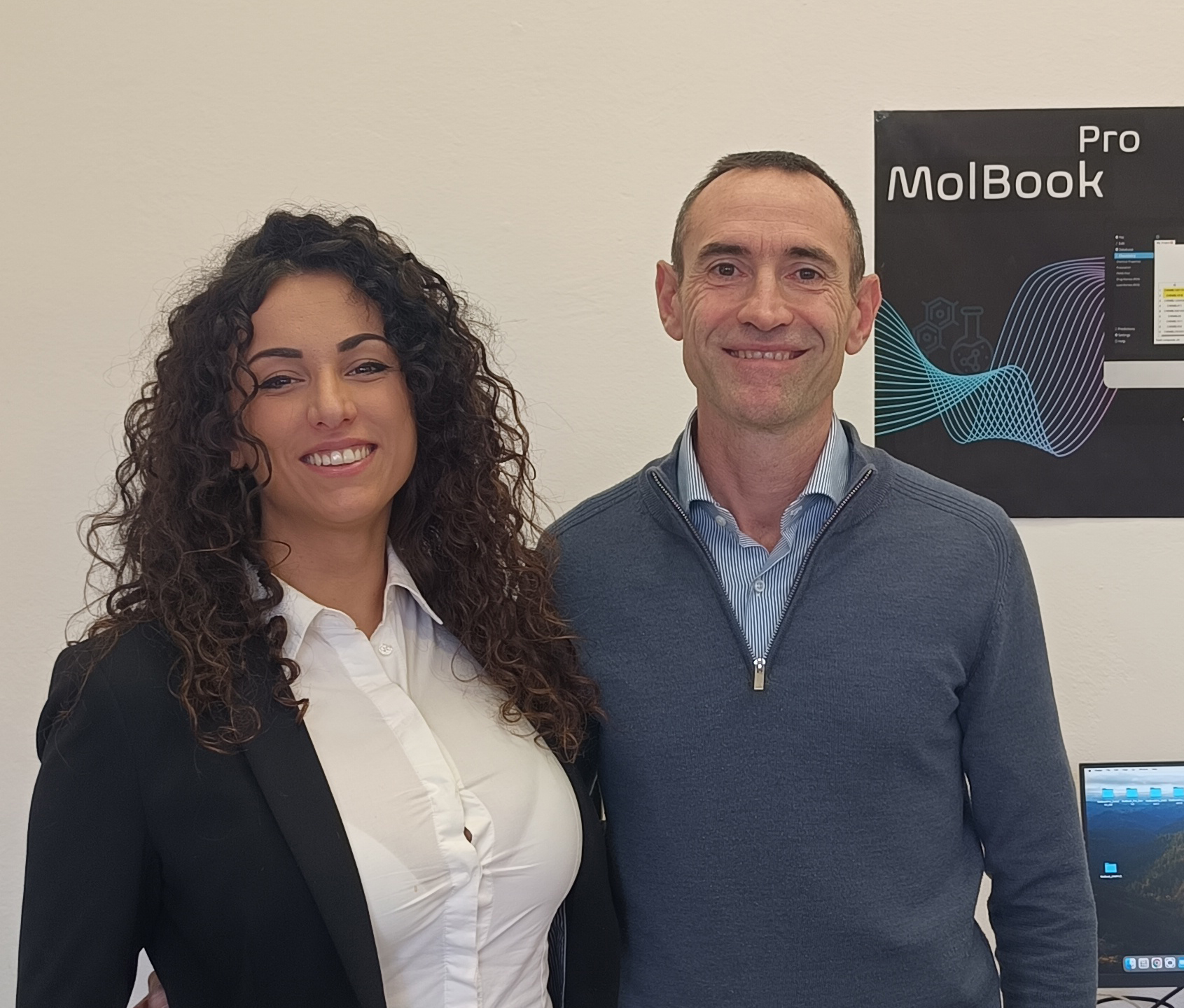A collaboration between researchers from the Department of Information Engineering and the Department of Mathematics at the University of Pisa has solved a problem that had remained open in the medical and bioengineering scientific community since the 1990s. This breakthrough offers greater insight into the dynamics of the cardiovascular system and paves the way for the identification of new biomarkers capable of quantifying the risk of developing cardiovascular diseases.
The study applies an innovative mathematical method to data series obtained from heart rate measurements and has established that the dynamics of the cardiovascular system are regular rather than chaotic.
On 16 July, during the International Conference of the IEEE Engineering in Medicine and Biology Society (EMBC)—the leading international conference in the field of biomedical engineering—the research received the Best Student Paper Award. The authors of the study are Martina Bianco, PhD student at the Department of Information Engineering and first author of the paper, Andrea Scarciglia and Gaetano Valenza (Department of Information Engineering), and Claudio Bonanno (Department of Mathematics). The conference hosted researchers from over 70 countries, and the winning paper was chosen ahead of submissions from China, Japan, Australia, Mexico, the United States, the United Arab Emirates and several European countries.

“The intervals between consecutive heartbeats,” explains Martina Bianco, PhD candidate in biomedical engineering with a background in mathematics, “form a sequence known as the Heart Rate Variability (HRV) series. This sequence, made up of successive intervals derived from electrocardiogram readings, results from various physiological inputs such as those of the central, sympathetic and parasympathetic nervous systems, respiration, blood pressure and hormonal activity.”
“During my thesis work at the Department of Mathematics,” Bianco continues, “I developed a method to determine whether a data series can be interpreted as the output of a regular system—whose state can be determined at any time—or a chaotic one, that is, one essentially dependent on initial conditions and thus unpredictable if those conditions change even slightly. It was a truly rewarding challenge for me to apply a mathematically abstract method to real numerical data such as ECG-derived series. This is because real-world data often include random ‘noise’—physiological noise—which does not only result from measurement error, but more importantly from internal interactions and fluctuations within the system being studied. The outcome we obtained is quite clear: the dynamics of the cardiovascular system are regular, not chaotic”.
“I am truly pleased with this collaboration between two departments of excellence at the University of Pisa,” adds Gaetano Valenza, Professor of Bioengineering at the University. “The method developed allows us to gain a deeper understanding of the cardiovascular system and, more broadly, of neurophysiological dynamics. This enhanced understanding could enable us, for instance, to identify new biomarkers capable of quantifying the risk of developing cardiovascular disease, which remains one of the leading causes of death worldwide.”
“This award,” concludes Claudio Bonanno, Professor of Mathematical Physics at the University of Pisa, “first and foremost recognises Martina’s thesis work, but also that of Andrea—who also graduated in mathematics and whose thesis marked the beginning of this collaboration with the Department of Information Engineering. It also rewards the courage of both Martina and Andrea in choosing to apply their mathematical expertise to the field of bioengineering. I hope this recognition—born of a fruitful collaboration between two departments of our university—serves to reaffirm the importance of pursuing both basic and applied research in parallel.”



